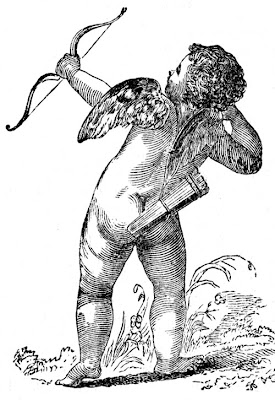
The origins of Thanksgiving and its traditions are clouded in mystery. Until now.
According to recently unearthed documents, scientists have learned that Thanksgiving was an accident.
Apparently, prior to the now famous get-together, the pilgrims were suffering from a severe flu epidemic. Gerald Johnson, the leader of the pilgrims, blamed the Indians for bringing the flu to the pilgrim camp. Johnson, whose diary included many pages detailing interactions with the Indians, said his ‘uncivilized neighbors like to call us names. They call us ‘cows’ and snicker behind our backs.’”
“We must tell these savages that we are unhappy with this horrible sickness they have passed on to us,” Johnson wrote.
Johnson sent a very sick young man by the name of Horace to the nearby Indian camp. When he arrived, Horace was out of breath and out of energy.
“Thanks….giving…..flu,” Horace told the chief. Chief Bear In The Wood, who understood little English and was slightly deaf, thought the young man said ‘thanksgiving food.’ The chief thought he heard a dinner invitation, and the chief loved dinner parties.
The Indian camp gathered up all types of goodies and went over to the ‘cow camp.’ The Pilgrims, thinking the Indians were offering some type of penance for their sin, were delighted. So the Pilgrims and Indians dined together on that first Thanksgiving day.
The children, who had recovered much quicker from the flu than their adult counterparts, started tossing an odd shaped pumpkin around. Soon the Indian children joined the game. Thus was the first recorded game between the ‘cow’ boys and Indians.















